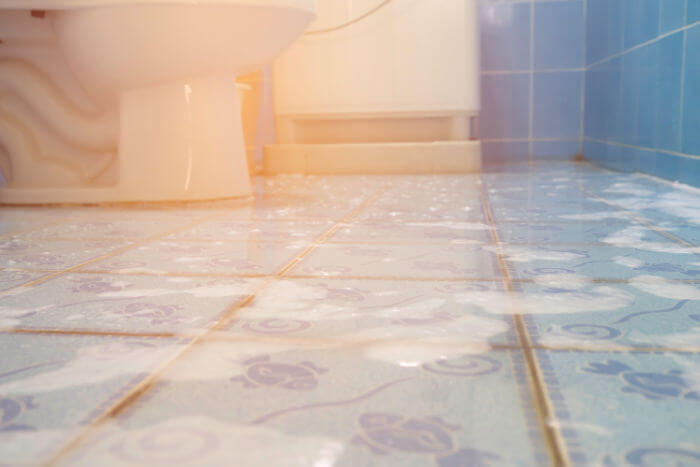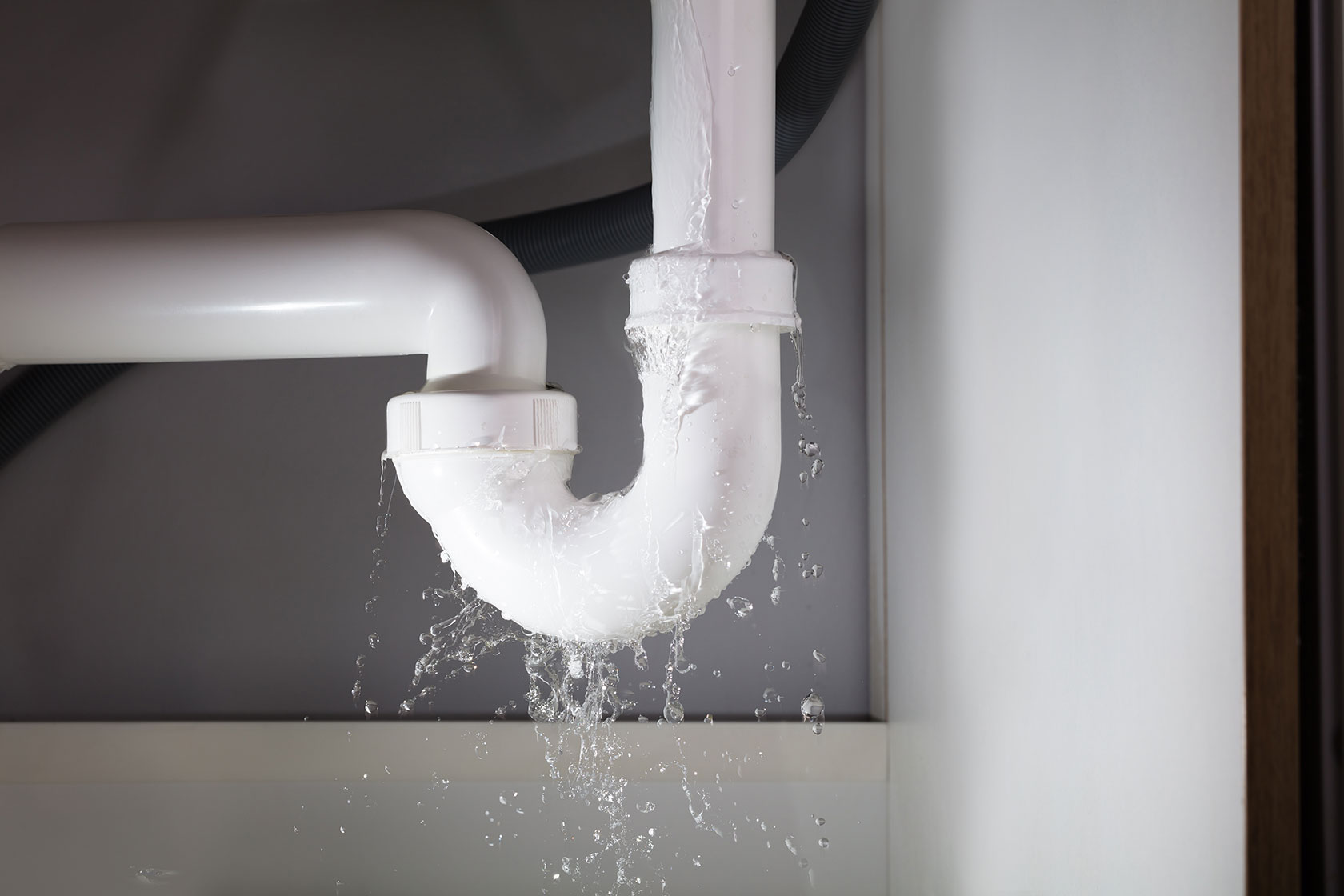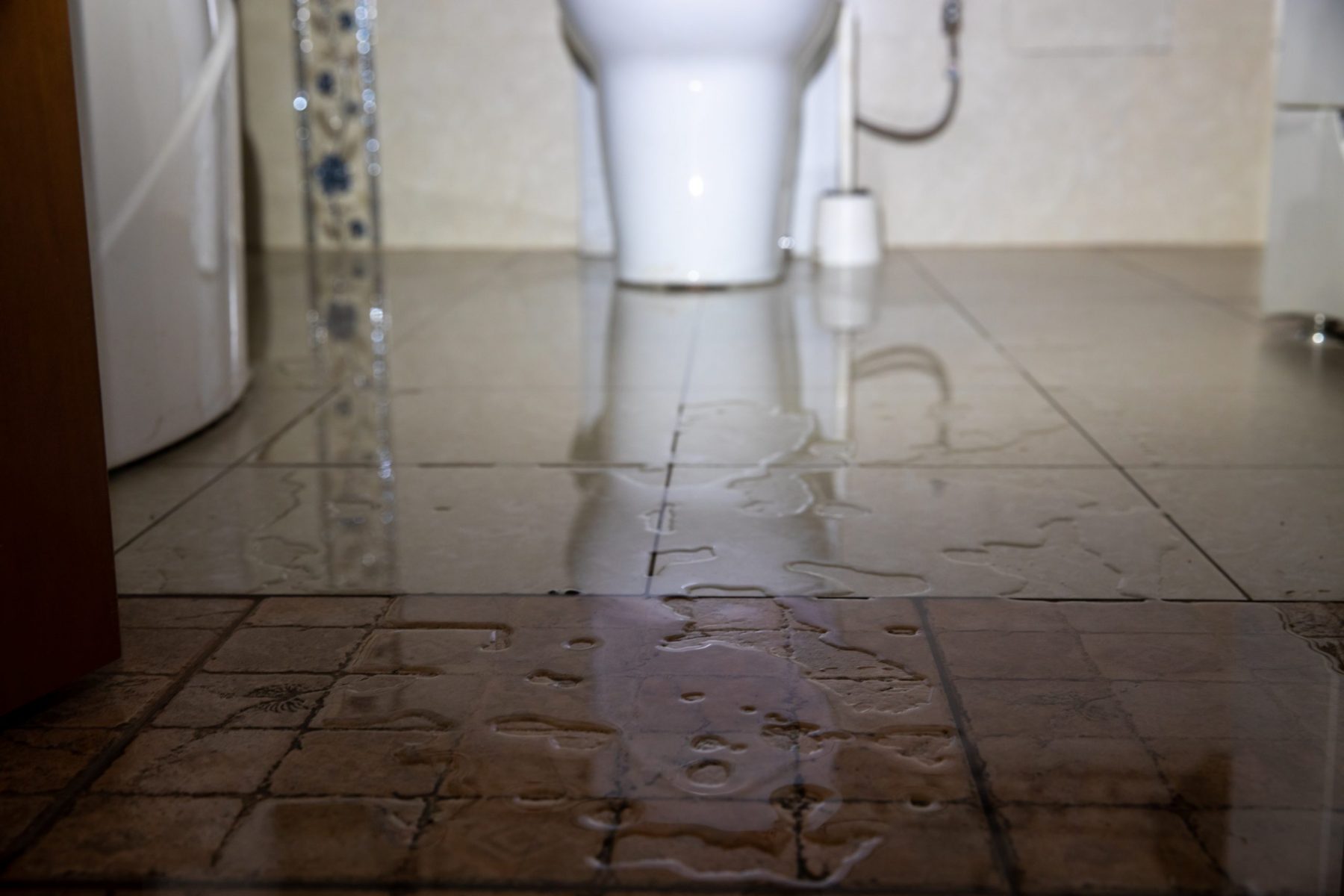What is a Rain Shower?: What Is A Rain Shower In The Bathroom

Imagine stepping into your bathroom and feeling the gentle caress of warm water cascading down on you, mimicking the soothing sensation of a natural rainfall. This is the experience a rain shower head offers, transforming your daily routine into a luxurious and rejuvenating spa-like experience.
Rain shower heads are a popular fixture in modern bathrooms, known for their unique design and ability to create a relaxing and invigorating showering experience. They are characterized by their large, flat, or slightly domed spray face, which disperses water evenly over a wide area, mimicking the gentle patter of raindrops.
Rain Shower Head Design
The design of a rain shower head is crucial in achieving its signature showering experience. Typically, they feature a large, circular or square-shaped spray face with numerous small holes or nozzles. These holes are strategically placed to ensure even water distribution, creating a soft, cascading shower.
Some rain shower heads also incorporate features like adjustable spray patterns, allowing users to customize the intensity and direction of the water flow. For example, some models offer a “massage” setting, providing a more forceful and invigorating spray, while others feature a “mist” setting for a gentler, more soothing experience.
Benefits of Using a Rain Shower Head, What is a rain shower in the bathroom
Rain shower heads offer a multitude of benefits that enhance the overall showering experience.
Relaxation and Spa-Like Experience
The gentle, cascading water flow from a rain shower head creates a sense of tranquility and relaxation. The wide, even spray provides a soothing massage-like sensation, easing tension and promoting a sense of well-being. This makes it ideal for creating a spa-like atmosphere in your bathroom, transforming your daily shower into a moment of indulgence.
Water Conservation
While the wide spray might seem like it uses more water, rain shower heads are often designed with water-saving features. They use aerators that mix air with water, reducing the amount of water needed to create a satisfying shower experience. Some models also incorporate flow restrictors that limit the water flow, further reducing water consumption without compromising the shower’s effectiveness.
Improved Showering Experience
Rain shower heads offer a more even and consistent water distribution compared to traditional shower heads. This results in a more enjoyable and invigorating shower experience, leaving you feeling refreshed and revitalized.
Types of Rain Showers

Rain shower heads come in various styles and designs, each with unique features and benefits. Understanding the different types can help you choose the best option for your bathroom and shower experience.
Fixed Rain Shower Heads
Fixed rain shower heads are the most common type, offering a stationary, overhead shower experience. These shower heads are typically mounted directly to the ceiling or wall, providing a wide, consistent spray pattern.
- Advantages: Fixed rain shower heads are easy to install and maintain. They offer a consistent and relaxing shower experience, providing a gentle, widespread spray that feels like rain.
- Disadvantages: Fixed rain shower heads lack flexibility. They are not adjustable, so you cannot change the spray pattern or angle. Additionally, they may not be suitable for smaller bathrooms or shower enclosures due to their large size.
Adjustable Rain Shower Heads
Adjustable rain shower heads offer greater flexibility, allowing you to customize the spray pattern and angle. These shower heads typically have a swivel joint or a tilting mechanism, enabling you to direct the water flow to your desired position.
- Advantages: Adjustable rain shower heads provide greater control over the shower experience. You can adjust the spray pattern and angle to suit your preferences and needs. This flexibility is particularly beneficial for people with different heights or showering preferences.
- Disadvantages: Adjustable rain shower heads can be more complex to install and maintain compared to fixed shower heads. The additional mechanisms can also make them more prone to leaks or malfunctions.
Handheld Rain Shower Heads
Handheld rain shower heads offer the ultimate flexibility and control. These shower heads are attached to a hose, allowing you to direct the water flow wherever you need it.
- Advantages: Handheld rain shower heads provide unparalleled versatility. They are ideal for rinsing off after a bath, washing pets, or cleaning the shower stall. They are also helpful for people with mobility limitations or those who prefer a more targeted shower experience.
- Disadvantages: Handheld rain shower heads require a separate hose and holder. They can also be more challenging to use compared to fixed or adjustable shower heads, as they require you to hold them manually.
Combination Rain Shower Heads
Combination rain shower heads combine the features of fixed and handheld shower heads. These shower heads typically have a large, fixed overhead shower head and a separate handheld shower head attached to a hose.
- Advantages: Combination rain shower heads offer the best of both worlds, providing a wide, overhead spray and the flexibility of a handheld shower head. This versatility makes them a popular choice for many homeowners.
- Disadvantages: Combination rain shower heads can be more expensive than other types of shower heads. They also require more space for installation and may be challenging to fit into smaller bathrooms.
Installing a Rain Shower

Installing a rain shower can be a rewarding DIY project, enhancing your bathroom’s aesthetic and showering experience. It requires careful planning, preparation, and adherence to proper installation techniques. This section provides a step-by-step guide to ensure a successful installation, maximizing water pressure and achieving a leak-free shower.
Preparing for Installation
Before embarking on the installation, gather the necessary tools and materials. These include a rain shower head, a shower arm, a mounting plate, plumber’s tape, a wrench, a level, and a drill. Additionally, familiarize yourself with your existing plumbing system, identifying the shower valve and the location of the water supply lines. This information will help you determine the appropriate installation approach.
What is a rain shower in the bathroom – A rain shower in the bathroom simulates the feeling of a gentle downpour, creating a luxurious and relaxing atmosphere. To enhance this spa-like experience, consider the color palette you choose. A calming green, like those featured in best green for bathroom , can further contribute to the sense of tranquility and rejuvenation.
The combination of a rain shower and a soothing green color scheme transforms your bathroom into a sanctuary for relaxation and rejuvenation.
A rain shower in the bathroom is a type of showerhead that creates a wide, cascading spray, mimicking the sensation of a gentle rainfall. While enjoying this luxurious experience, it’s important to keep your bathroom organized and clutter-free. A well-organized vanity can enhance the overall spa-like atmosphere, allowing you to focus on relaxation and rejuvenation.
For tips on maximizing your bathroom vanity space, check out this guide on the best way to organize bathroom vanity. After all, a tidy bathroom complements a luxurious rain shower experience.